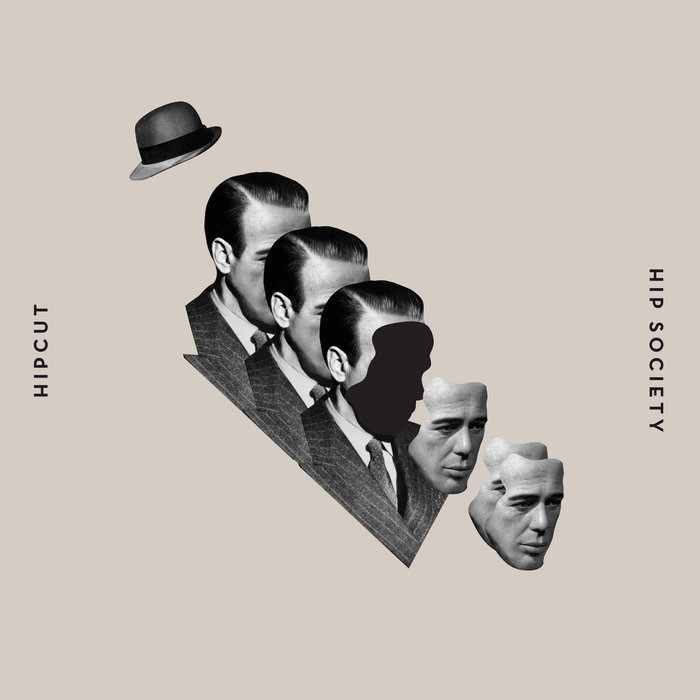
Torn feat. Awon – Hipcut
this blog is GROOVY – check out great Soul, Funk, Jazz, Hip Hop, Bass, Breaks , Reggae, House n many more TUNES
Hey there, music lovers! Let’s dive into the funky world of sample-based music—where old sounds get a fresh twist and creativity knows no bounds. Grab your headphones, and let’s break it down!
Sample-based music is like cooking with leftovers. You grab bits and pieces from different recordings, mix ’em up, and create something new. Whether it’s a catchy drum beat or a sweet sax solo, sampling lets musicians take sounds from one track and weave them into another.
The magic truly began in the late 1960s when innovative artists started experimenting with tape loops. Think Bob Dylan mixing folk with rock vibes! Then came the early 1980s when hip-hop took center stage—hello DJ Kool Herc spinning records at block parties in the Bronx! He used two turntables to extend beats while cutting between records—a practice that became a cornerstone of what we know as sampling.
Let’s fast forward to the mid-80s. Enter sampling machines like the Akai MPC60 which allowed producers to record snippets directly onto their devices—this was groundbreaking for hip-hop producers like Afrika Bambaataa and Eric B & Rakim. They were taking funk tracks from bands like Parliament-Funkadelic and transforming them into chart-toppers!
By the ’90s? Sampling exploded! Artists across genres were diving headfirst into this sonic playground:
But not all was smooth sailing; legal battles erupted over copyright claims as record labels woke up to what these cool cats were doing.
One hilarious tidbit? In 1991, Vanilla Ice claimed that his song “Ice Ice Baby” had an original bassline—not realizing it was lifted straight from Queen’s “Under Pressure.” His explanation: “It’s different because mine goes duh duh duhhh.” Spoiler alert: It didn’t fly!
When digital technology rolled around in the late ’90s—the game changed forever! With computers becoming super powerful (thanks Internet!), more folks could indulge in sampling without needing fancy studios or reel-to-reel tapes. Producers such as A-Trak brought sleekness back with digital ease.
Artists began creating full albums based on samples—a notable example being Danger Mouse’s The Grey Album. This mash-up masterpiece combined Jay-Z’s The Black Album with Beatles’ White Album. Talk about revolutionary vibes!
Did you ever think Gordon Ramsay would step into music? Well, he didn’t exactly drop an album but he did freak out when he found out some rappers sampled kitchen noises…from his shows! Imagine flipping burgers turning into sick beats for some banger tunes—now that’s culinary crossover evolution at its finest!
Fast forward to today—the landscape still thrives on samples galore! From hip-hop giants like Kendrick Lamar using jazz-inspired frameworks to electronic wizards mixing old-school dance tracks—we’re riding waves built by those creative pioneers before us.
With platforms like Splice offering sound packs galore—it has become easier than ever for aspiring artists looking to catch that unique vibe without breaking bank accounts trying out studio time.
And guess what? Some mega hits have been built entirely off samplings—from Daft Punk getting chopped up by Kanye West in “Stronger,” making everyone want to rock that robot groove again—to Billie Eilish drawing influence from her own unique spaces blending urban influences while keeping things real soulful yet eerie.
There’s also this little story about rapper J Dilla who allegedly sampled an entire commercial jingle without anyone knowing until years later—that commercial was promoting dog food helpin’ him represent both canine buddies AND catwalk rhythms all in one go!
So there you have it—a groovy rundown of sample-based music history packed tight within some rad facts that’ll probably make you chuckle next time you’re lost in thought pondering those catchy hooks playing through your earbuds.
From humble beginnings lifting beats off dusty vinyl records right up until today where even dogs are part-time musicians—you can’t overlook how captivating every twist turns our musical journey feels thanks largely due credit towards imaginative experimentation over mere imitation alone!
Now go forth fellow vibe-creators; use those samples wisely—and remember—the world might just be waiting for your ultimate blend hit next—it’ll definitely come together beautifully if sprinkled correctly!! 🎶✌️

Torn feat. Awon – Hipcut

Shorts Nights – Boztown & DemolHicher
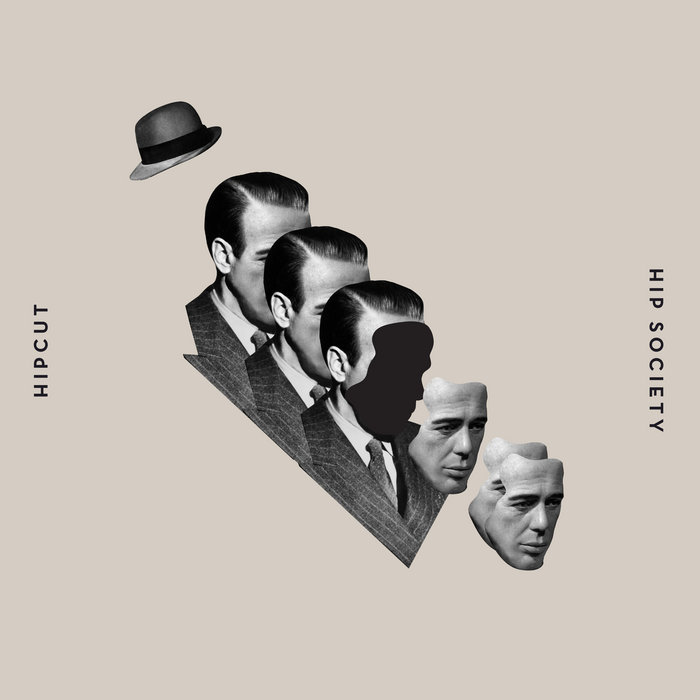
Precision feat. Sugahspank! – Hipcut
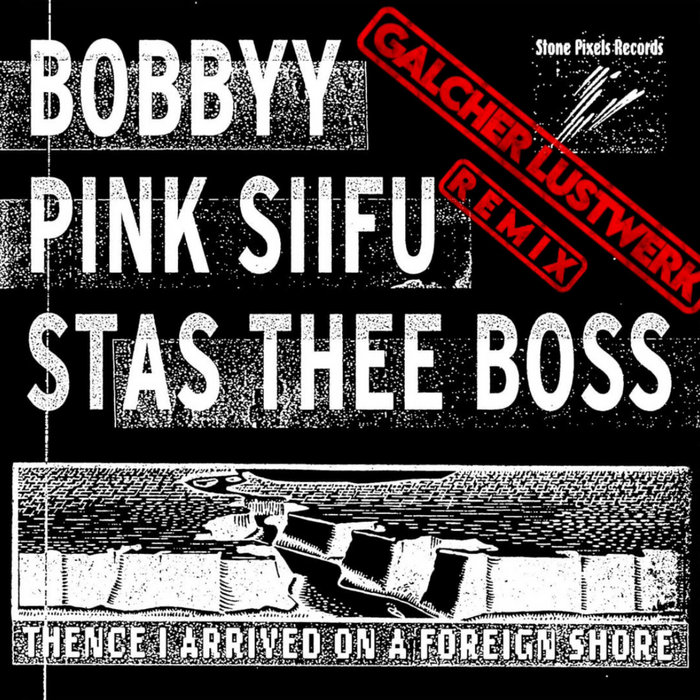
Thence I Arrived On A Foreign Shore (Galcher Lustwerk Remix) (ft. Pink Siifu & Stas Thee Boss) – bobbyy
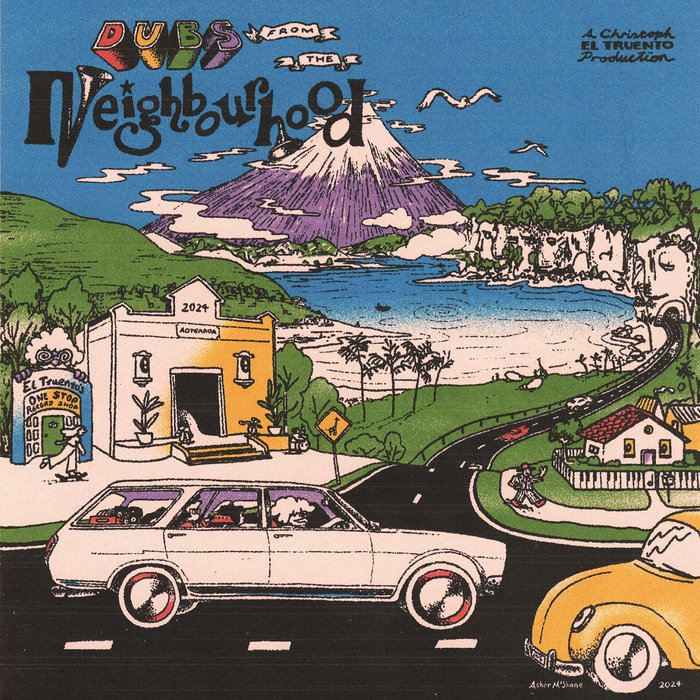
Another Scorcher (Disco Mix) – christoph el' truento
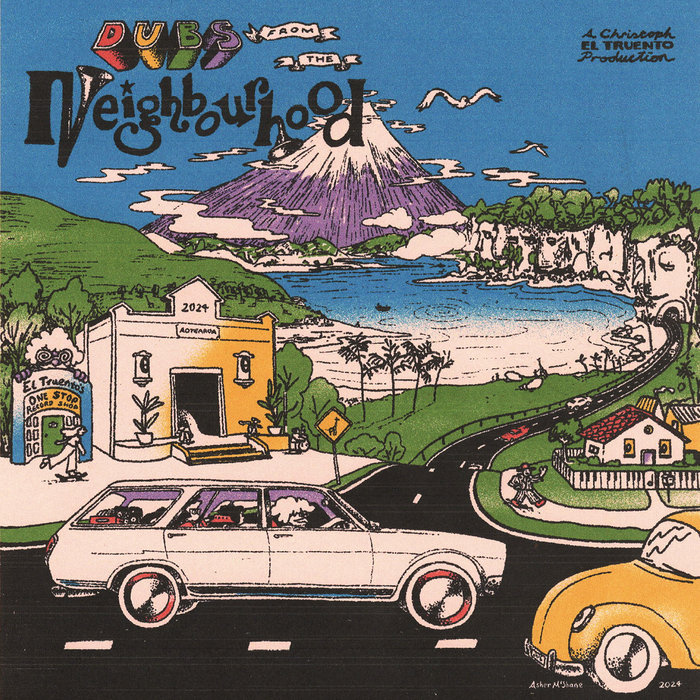
Ghost Rhythm – christoph el’ truento
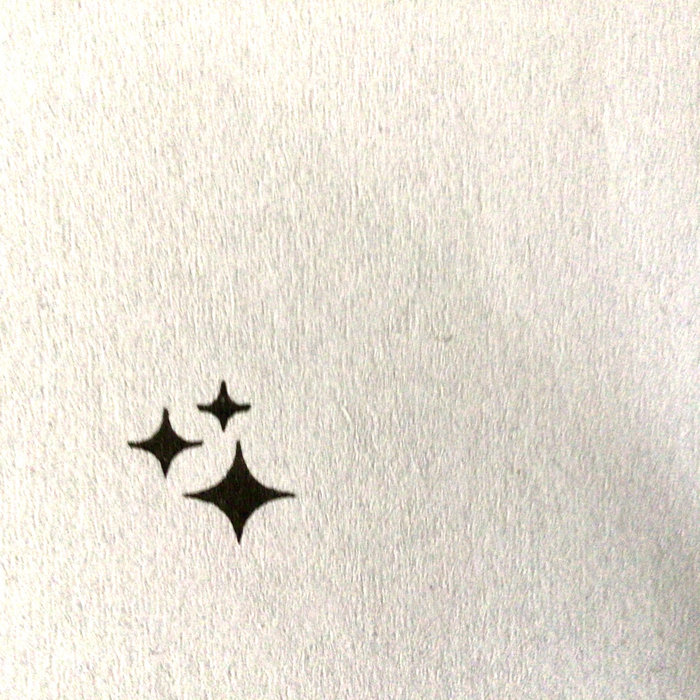
Step Into Light – Admin

Haunted House – Boztown